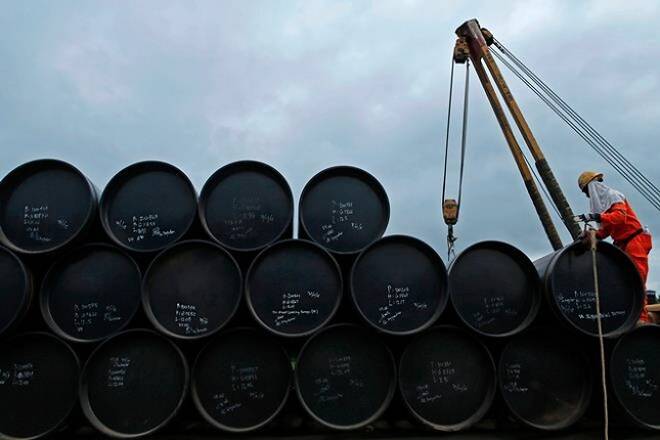Advertisement
Advertisement
Tracking Production Cut Compliance Could Prove Difficult for OPEC
By:
Three weeks into the new year and 21 days since OPEC/Non-OPEC countries began cutting output, we have the first meeting of representative of the cartel
Three weeks into the new year and 21 days since OPEC/Non-OPEC countries began cutting output, we have the first meeting of representative of the cartel and several other major oil producers outside the cartel, in Vienna, to discuss compliance with the oil production cut agreement.
The purpose of the meeting will be to establish a compliance mechanism to verify that producers are sticking to the deal to reduce output by 1.8 million barrels a day. According to OPEC’s Secretary General Mohammed Barkindo, their plan is to come up with a process that confirms that all 24 signatories of this major deal are keeping their pledges to reduce output and keep the agreed on amount of supply off the market for six months.
In my opinion, this could prove to be a difficult task that could ultimately lead to the cartel scraping the deal by June. Keeping track of weekly and even monthly oil supply, demand and output has been proved to be an inexact process. If you try to follow the number of sources that report these three numbers, I’m sure you know what I’m talking about.
Let’s look at the last week as an example. Last Tuesday, the weekly American Petroleum Institute report showed a larger than expected draw in commercial crude supplies. Analysts expected a one-million-barrel draw overall, but the API reported a 5.042 million barrel decline in inventories. In this case, the analysts got the direction right, but was underestimated the size of the draw by 4.042 million barrels.
The day after the API reported a 5.042-million-barrel draw in crude oil inventories, the U.S. Energy Information Administration reported a build of 2.3 million barrels for the week-ending January 13. Traders were expecting a 100,000 barrel increase. It also got the direction right, but underestimated the size of the build.
My point is that if the API and the EIA, reporting on the oil supply for just one country, can report completely different results for the same time period then how are we to believe that a number of nations that don’t even speak the same languages and an oil cartel that has a hard-earned reputation for cheating, will accurately report the size of their output cuts?
I have to believe that the process of reporting oil production cuts from several nations will be flawed with many participants reporting inaccurate figures. Additionally, I expect some to report late so we may never get the true number at one time. I also see a number of revisions to the figures that will create further volatility in prices.
When the dust clears in May, I believe the deal will be scraped and plans for a new deal will start almost immediately. On paper, it’s a good strategy, but like other agreements involving several independent countries, problems have to be identified and reworked before they get it right.
About the Author
James Hyerczykauthor
James Hyerczyk is a U.S. based seasoned technical analyst and educator with over 40 years of experience in market analysis and trading, specializing in chart patterns and price movement. He is the author of two books on technical analysis and has a background in both futures and stock markets.
Advertisement
